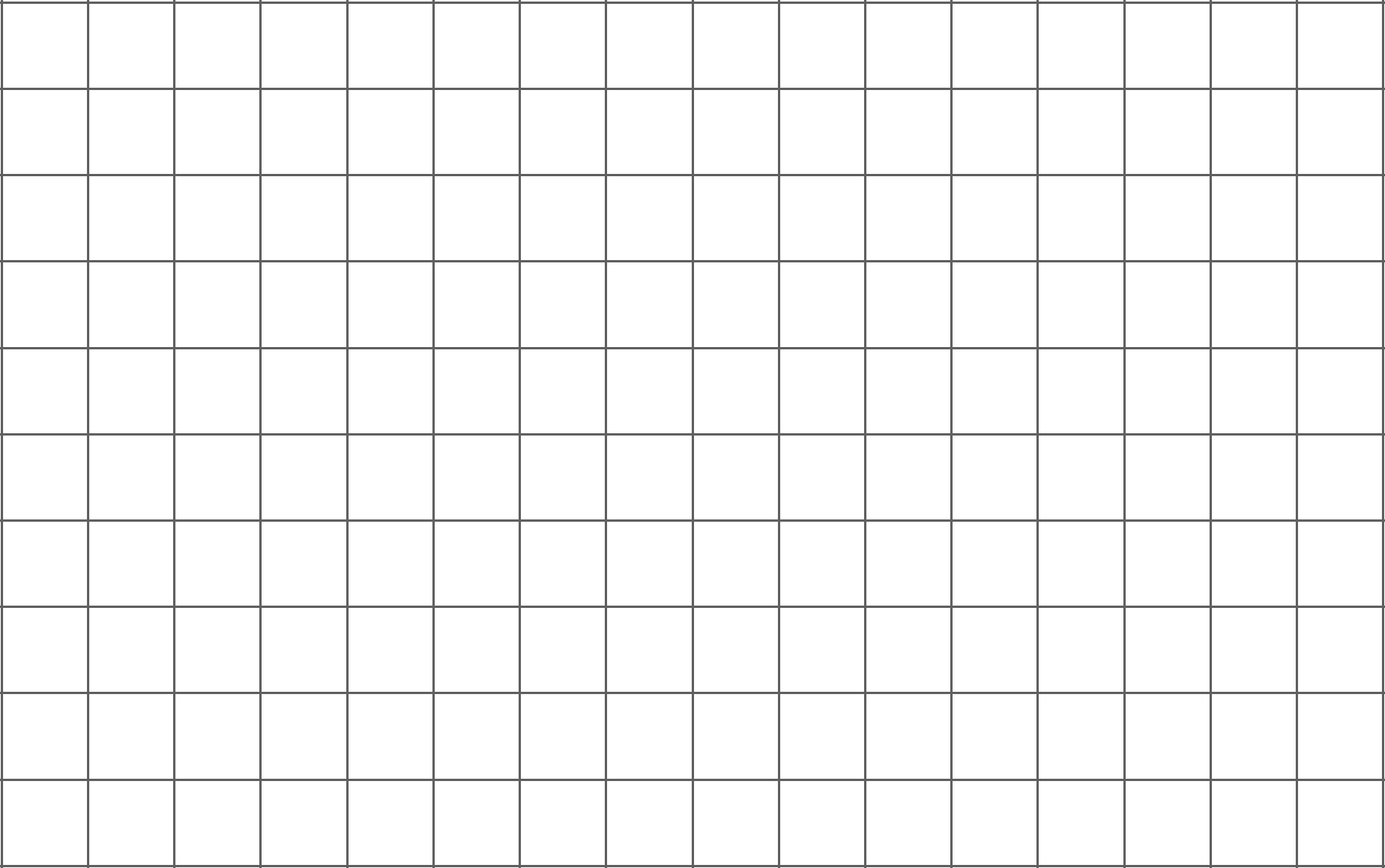Lesson 4
Introducing Double Number Line Diagrams
Let’s use number lines to represent equivalent ratios.
Problem 1
A particular shade of orange paint has 2 cups of yellow paint for every 3 cups of red paint. On the double number line, circle the numbers of cups of yellow and red paint needed for 3 batches of orange paint.

Problem 2
This double number line diagram shows the amount of flour and eggs needed for 1 batch of cookies.

- Complete the diagram to show the amount of flour and eggs needed for 2, 3, and 4 batches of cookies.
- What is the ratio of cups of flour to eggs?
- How much flour and how many eggs are used in 4 batches of cookies?
- How much flour is used with 6 eggs?
- How many eggs are used with 15 cups of flour?
Problem 3
Here is a representation showing the amount of red and blue paint that make 2 batches of purple paint.
- On the double number line, label the tick marks to represent amounts of red and blue paint used to make batches of this shade of purple paint.

- How many batches are made with 12 cups of red paint?
- How many batches are made with 6 cups of blue paint?

Problem 4
Diego estimates that there will need to be 3 pizzas for every 7 kids at his party. Select all the statements that express this ratio.
The ratio of kids to pizzas is \(7:3\).
The ratio of pizzas to kids is 3 to 7.
The ratio of kids to pizzas is \(3:7\).
The ratio of pizzas to kids is 7 to 3.
For every 7 kids there need to be 3 pizzas.
Problem 5
- Draw a parallelogram that is not a rectangle that has an area of 24 square units. Explain or show how you know the area is 24 square units.

- Draw a triangle that has an area of 24 square units. Explain or show how you know the area is 24 square units.
